

Inside
a Hard Disk
The best way to understand how a hard disk works is to take a look inside.
Here is a typical hard disk drive:
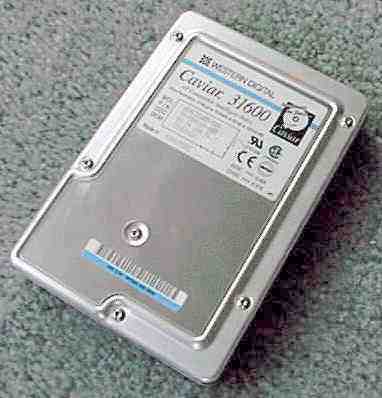
It is a sealed aluminum box with controller electronics attached to one side. The electronics control the read/write mechanism and the motor that spins the platters. The electronics also assemble the magnetic domains on the drive into bytes (reading) and turn bytes into magnetic domains (writing). The electronics are all contained on a small board that detaches from the rest of the drive:

Underneath the board are the connections for the motor that spins the platters, as well as a highly-filtered vent hole that lets internal and external air pressures equalize:
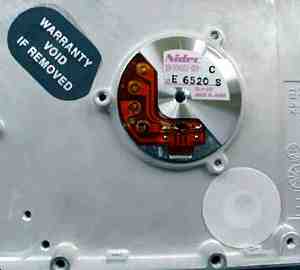
Removing the cover from the drive reveals an extremely simple but very precise interior:
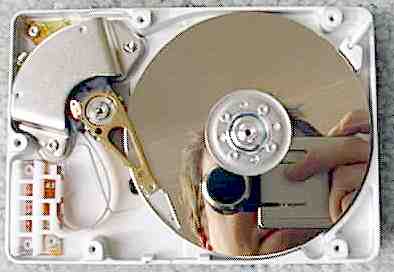
In this picture you can see:
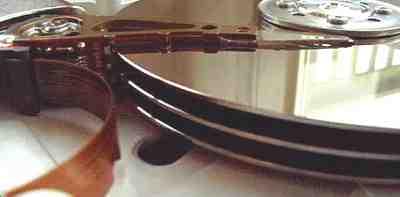
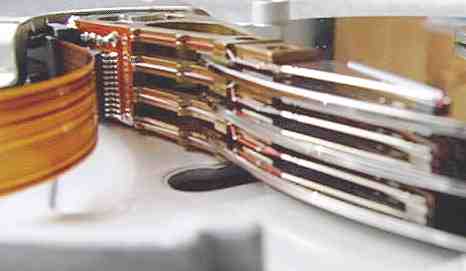
The mechanism that moves the arms on a hard disk has to be incredibly fast and precise. It can be constructed using a high-speed linear motor.
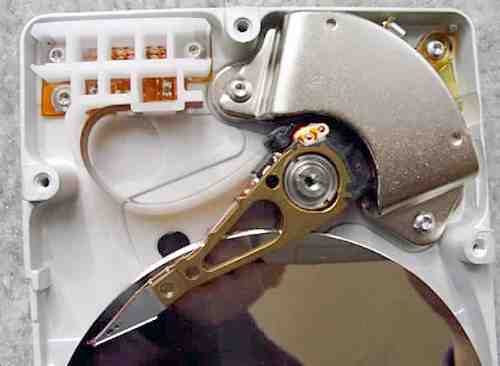
Many drives use a "voice coil" approach - the same technique used to move the cone of a speaker on your stereo moves the arm.